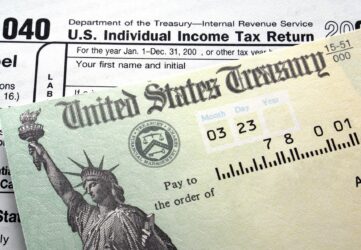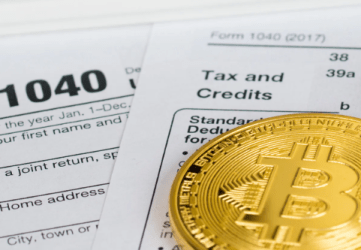Filing taxes can be a daunting task, especially if you’re not ready by the deadline. Fortunately, you can request an extension to give yourself more time to prepare. This article will guide you through the steps to file for an extension on your federal tax return, ensuring you stay compliant with IRS regulations. This article is sponsored by the tax professionals at the Law Office of Jason Carr. Contact the Law Office of Jason Carr.
Understanding the Extension
An extension of time to file your return does not grant you more time to pay your taxes. You should estimate and pay any owed taxes by the regular deadline to avoid possible penalties. The extension request must be filed no later than the regular due date of your return.
How to E-file Your Extension Form for Free
Individual tax filers, regardless of income, can use IRS Free File to electronically request an automatic tax-filing extension. Filing this form gives you until October 15 to file your return. If October 15 falls on a weekend or legal holiday, the due date is delayed until the next business day. Your return is considered filed on time if it’s properly addressed, postmarked, and deposited in the mail by the due date.
To get the extension, you must estimate your tax liability on the form and pay any amount due. You can find Form 4868, Application for Automatic Extension of Time To File U.S. Individual Income Tax Return on the IRS website.
Get an Extension When You Make a Payment
You can also obtain an extension by electronically paying all or part of your estimated income tax due and indicating the payment is for an extension. You can make a same-day payment or schedule a payment through your IRS Individual Online Account, using Direct Pay, the Electronic Federal Tax Payment System (EFTPS), or with a credit or debit card. If you select the extension option when making your payment, you won’t have to file a separate extension form, and you’ll receive a confirmation number for your records.
Extension Forms for Individuals
Individual tax filers can use IRS Free File to electronically request an automatic tax-filing extension using Form 4868, Application for Automatic Extension of Time To File U.S. Individual Income Tax Return.
Special Considerations for Disaster Areas
Taxpayers in certain disaster areas may not need to submit an extension electronically or on paper. Check with the IRS to see if you qualify and to determine the due date of your return.
Steps to File for an Extension
1. Estimate Your Tax Liability: Before filing for an extension, you must estimate your tax liability. This is required whether you are filing Form 4868 or making an electronic payment.
2. File Form 4868: Use the IRS Free File service or download Form 4868 from the IRS website. Fill out the form with your estimated tax liability and personal information.
3. Submit the Form: Submit Form 4868 electronically through IRS Free File or by mail. If mailing, ensure the envelope is properly addressed, postmarked, and deposited in the mail by the due date.
4. Make a Payment: If you owe taxes, you can make a payment using Direct Pay, EFTPS, or with a credit or debit card. Indicate that the payment is for an extension to avoid penalties.
5. Keep Records: Save the confirmation number or proof of mailing for your records.
Why Timely Filing and Payment Are Crucial
Even with an extension, it’s essential to pay any estimated taxes by the regular deadline to avoid penalties and interest. Filing an extension only gives you more time to submit your return, not to pay your taxes. If you fail to pay on time, you could face late payment penalties.
Need Help?
Navigating tax laws and extensions can be complicated. If you need assistance, consider reaching out to the tax professionals at the Law Office of Jason Carr. They can guide you through the process and ensure you meet all IRS requirements.
For more information, contact the Law Office of Jason Carr at 888-661-6583.





